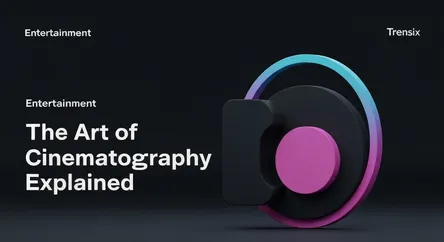Entertainment
The Art of Cinematography Explained

Discover the art of cinematography. Learn what a director of photography does and how camera work and lighting create a film's visual story.
What is it?
Cinematography is the art of motion-picture photography, encompassing all the visual elements that make up a film. The Director of Photography (DP) collaborates with the director to make decisions about lighting, camera angles, lens choices, and movement. It is the craft of translating a written script into a cohesive and compelling visual narrative, effectively telling a story through images.
Why is it trending?
The craft of cinematography consistently trends as new films push visual boundaries. The distinct styles of blockbusters like "Dune" or the innovative formats in films like "Oppenheimer" generate significant online discussion. Technological advancements, from high-resolution digital cameras to advanced drone capabilities, enable breathtaking shots that capture the public's imagination. Furthermore, social media platforms have amplified its visibility, as users share and analyze visually stunning scenes, fostering a greater public appreciation for the artistry involved.
How does it affect people?
Cinematography fundamentally shapes the audience's emotional experience. It's the visual language that sets a story's mood and tone. Dark, high-contrast lighting can create mystery, while a warm, soft glow evokes romance. Camera movement directly impacts feelings; a frantic handheld shot builds tension, while a smooth, gliding shot can feel serene or epic. It guides the viewer's focus and shapes their perception of characters, determining how deeply they are immersed in the film's world.